Once upon a time, two monks were traveling towards Kumano(The holy place). One was an elderly monk, and the other was young and handsome. They stayed at a house in Muro County (present-day Wakayama Prefecture).
The head of the household was a young widow. She had two or three servants. Upon seeing the handsome young monk, she developed deep feelings of desire and treated him warmly.
Past midnight, after the two monks had fallen asleep, the woman secretly crawled into the young monk’s sleeping quarters, covered herself with his clothes, and lay beside him. The monk woke up, startled and trembling with fear.
The woman said:
“I don’t usually let anyone stay here. The reason I let you stay tonight is because, when I saw you during the day, I decided I wanted to make you my husband. I crawled into your bed because I wanted to fulfill my desire. I have no husband. Please pity me.”
Hearing this, the monk was greatly surprised and afraid. He got up and responded:
“I have a long-standing vow and have been diligently practicing asceticism. Now, I have come all the way to the holy site of Kumano Shrine, and it would be unthinkable to break my vow in such a way. Please give up on me.”
The monk firmly rejected her. The woman was deeply resentful, clung to him all night, and played around. The monk used various words to persuade her:
“I do not dislike what you are saying. But for now, let me proceed to Kumano. I will offer a sacred wand and return to you in three days.”
Having secured this promise, the woman returned to her bedroom. At dawn, the monk left the house and headed towards Kumano.
The woman waited for the promised day. She had no other thoughts, longing for the monk and making various preparations. However, fearing the woman, the monk took a different route on his way back, avoiding her. The woman, waiting and yearning for the monk, became troubled and went out to ask travelers on the road. Among them, she found a monk returning from Kumano.
“The two monks, one young and the other old, wearing robes of that color, returned three days ago.”
Hearing this, the woman understood:
“They took another path to avoid meeting me.”
She became extremely angry, returned home, locked herself in her bedroom, and did not come out. She made no sound and, after some time, died.
The woman’s servants were grief-stricken. At that moment, a venomous snake, about five fathoms (a fathom is the length of an adult’s outstretched arms), emerged from the bedroom. The snake left the house and followed the return path from Kumano. Seeing this, people were terrified by the size of the snake.
Someone informed the two monks, walking ahead, of the strange event.
“A giant snake, about five fathoms long, is moving swiftly through the fields and mountains.”
The two monks thought:
“The woman of the house, enraged by the broken promise, has turned into a venomous snake and is pursuing us.”
They ran and took refuge in Dojo-ji Temple.
The monks of the temple asked:
“Why did you come running?”
The monk explained the situation in detail and begged for help. The temple monks gathered, took down a bell, and hid the young monk inside it. They closed the temple gates, and the elderly monk hid with the temple monks.
After a while, the giant snake appeared at the temple. Despite the closed gates, it entered by leaping over them. After circling the main hall a couple of times, it reached the bell tower and pounded on the door more than a hundred times. The door was broken down, and the snake entered the hall. It wrapped its body around the bell, striking the dragon’s head (the part where the bell is hung) continuously for four to six hours. The temple monks were greatly frightened, but when they opened the doors and looked, they saw the venomous snake shedding bloody tears from both eyes, lifting its head, licking its lips, and then running off in the direction it came from.
The bell was burned by the snake’s venomous heat and continued to flame, making it impossible to approach. After a while, they cooled it down with water, removed it, and looked inside to find that the monk had been burned to ashes, with not even a bone left. The elderly monk shed tears upon seeing this.
Later, a high-ranking monk of Dojo-ji had a dream in which an even larger snake than the one that had appeared at the temple spoke to him.
“I am the monk who was confined in the bell. The evil woman turned into a venomous snake and controlled me, ultimately making me her husband. I have become defiled and am suffering immeasurably. I am powerless to escape this torment. When I was a monk, I upheld the Lotus Sutra. I beg you, with your vast benevolence, to free me from this suffering. Please show great compassion, transcribe the chapter of the Lotus Sutra on the lifespan of the Tathagata (Nyorai juryohon), and pray to remove the suffering of us two snakes. Only through the power of the Lotus Sutra can we escape this suffering.”
The high-ranking monk awoke from the dream.
Moved by faith, the high-ranking monk transcribed the Nyorai juryohon chapter, renounced his rank and customs, gathered many monks, and held a ceremony to pray for the release of the two snakes from their suffering.
Subsequently, in another dream, the young monk and the woman appeared. They came to Dojo-ji, smiling and rejoicing, bowed to the high-ranking monk, and said:
“Thanks to your pure virtuous actions, we have both been reborn in good places after shedding our snake bodies. The woman has been reborn in the Trayastrimsha Heaven, and I have been reborn in the Tusita Heaven.”
After saying this, they each ascended to the sky, and the high-ranking monk awoke from the dream. The monk shed tears of joy and came to revere the power of the Lotus Sutra even more.
The miraculous power of the Lotus Sutra is truly beyond words. The fact that the two were able to shed their snake forms and ascend to heaven is undoubtedly due to the power of the Lotus Sutra. Everyone who heard this story came to believe in the Lotus Sutra, transcribing and reciting it. The monk’s heart was also greatly moved, and it must have been due to the good karma from past lives.
The woman’s desire for the monk was also due to the karmic bonds from a previous life. A woman’s malice can be this fierce. This shows why the Buddha strongly advised against approaching women. It is said that monks should avoid women.
[Translation]
Siro Inuzuka
This text was created by using ChatGPT-4o to translate a modern Japanese translation into English, and then making some modifications. There may be errors in the English expressions. Please correct any mistakes.
[Explanation]
Shinichi Kusano / Siro Inuzuka
Anchin and Kiyohime
The story of a woman who became obsessed like a “mentally unhealthy stalker” and killed her target. Similar incidents might still occur even today.
The tale is famously known as the story of Anchin and Kiyohime, but this name was given later and is not present in the original.
“Dojoji” has become a representative Noh play and plays a crucial role in Seishi Yokomizo‘s “Death on Gokumon Island.”
It is said that the man and woman were saved by the Lotus Sutra and became inhabitants of heaven, but it should be noted that the locations are different.
The Life Span of the Tathagata (Nyorai Juryohon)
The Life Span of the Tathagata is the core of the Lotus Sutra. It is the central idea and drama. (“Hon” here means “chapter.”)
This understanding seems to have been shared among the believers of the Lotus Sutra. It is featured in Heian period literature like this story and is also depicted by Kenji Miyazawa in his work “The Gleaming Feet.”
[Cooperation]
Shinichi Kusano
●Japanese

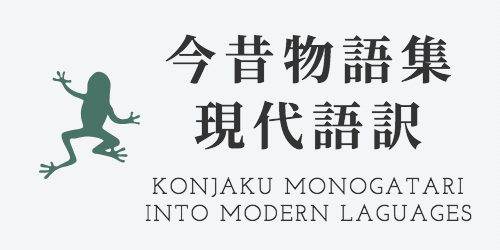
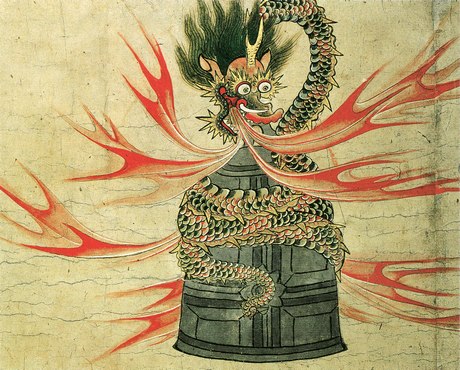

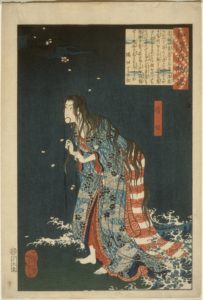

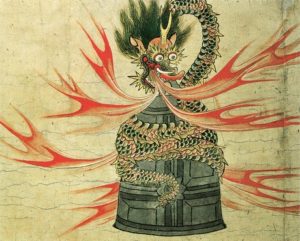
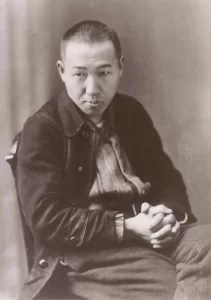





コメント